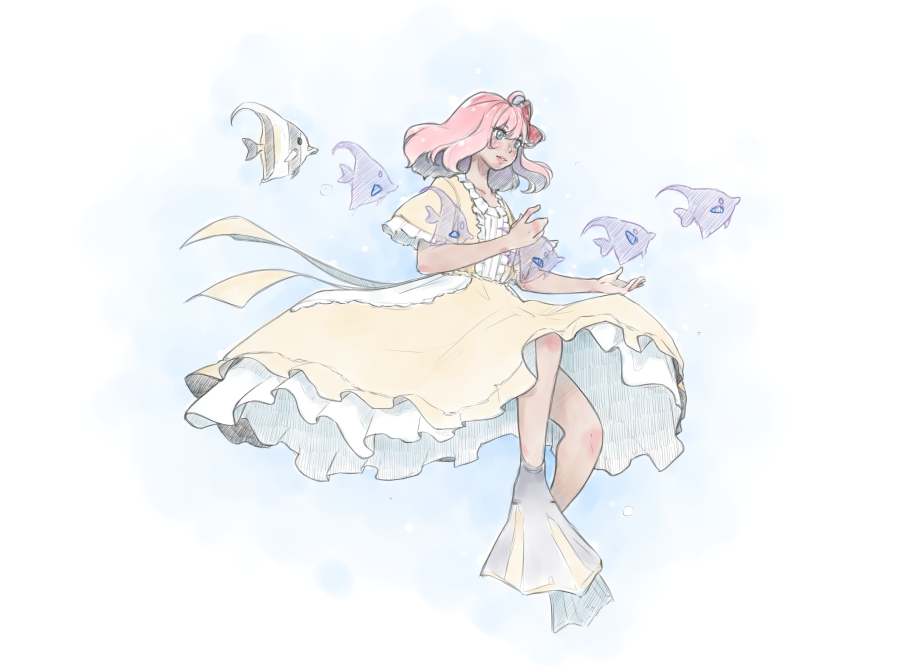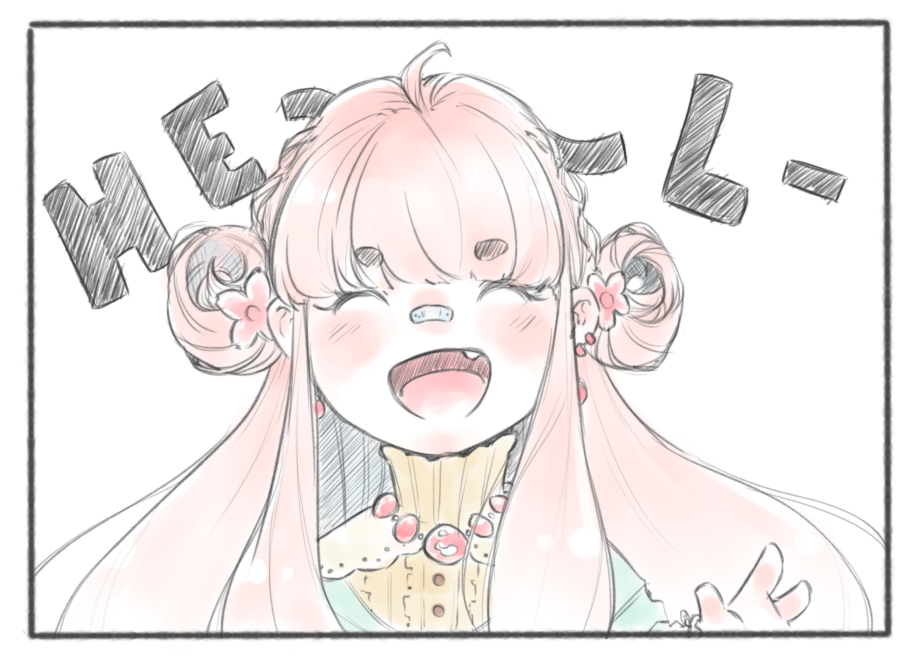Just recently I presented a short talk on time-travelling debuggers at Code BEAM Stockholm, so I thought it would be interesting to go into some of the things happening behind the scenes here.
Last time I wrote about my general approach to writing talks, so this time I’ll just discuss the general design ideas that went on this one in particular.
It was a bit of a wild ride, to be honest, and I panicked more than usual; but such is life. It was still a fun experience in the end :’)

